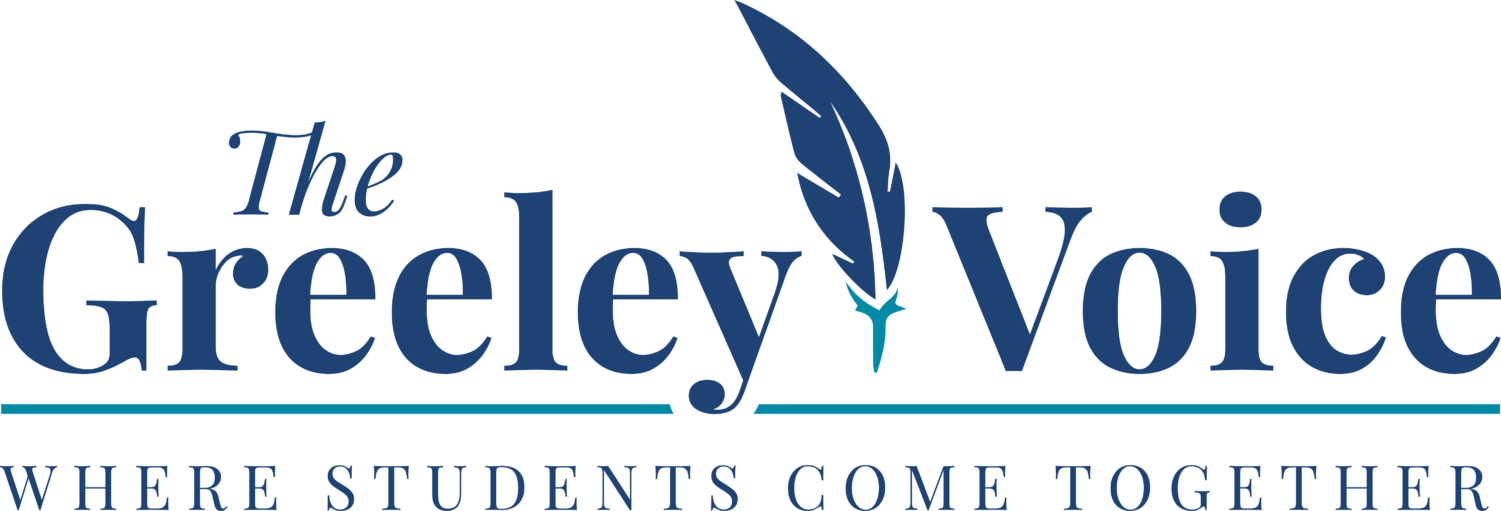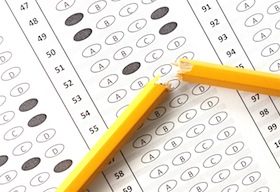The college admissions landscape has evolved dramatically in recent years. One of the most significant changes is the shift towards test-optional policies for standardized exams like the SAT and ACT. This trend, which gained momentum during the COVID-19 pandemic, left many wondering: Should all colleges adopt a test-optional policy, or is there still a place for standardized tests in admissions?
The COVID-19 Catalyst: Why Many Schools Went Test-Optional
The pandemic served as a catalyst and forced universities to reconsider their reliance on standardized testing as testing centers closed down leaving students scrambling to find an alternative. Top institutions like Harvard and Stanford suspended the testing requirement, citing concerns over fairness and accessibility. Some colleges went even further: the University of California System adopted a test-blind approach eliminating tests from their evaluation criteria altogether. These changes were born from necessity, but ended up uncovering deeper issues with standardized testing that go beyond temporary disruptions.
Making SAT and ACT scores optional relieved students of the stress of preparing for exams amid global uncertainty, but it also exposed a question: why are we so reliant on standardized tests in the first place? The disparities in access to test preparation and the tests’ limited scope in measuring students’ full potential had always existed, but the pandemic made these inequalities too glaring to ignore. The pandemic exposed the inherent flaws in a system that attempts to quantify students’ abilities with a single score.
How Fair of an Assessment are Standardized Tests?
The notion that a single test could encapsulate a student’s academic abilities is problematic. Data consistently shows that SAT and ACT scores correlate strongly with socioeconomic status. A recent paper released by Opportunity Insights, a Harvard-based team of researchers and policy analysts, found that children of the wealthiest 1 percent of Americans were 13 times likelier than the children of low-income families to score 1300 or higher on the SAT. This is not a surprise; access to high-quality schools, private tutoring, and test prep resources gives wealthier students an advantage.
Although standardized tests can predict certain academic outcomes, like first-year college performance, they fail to capture different forms of intelligence or account for learning differences. Many students excel in their high school coursework yet struggle with standardized testing, which may be more reflective of test-taking skills than actual academic capability. There is value in offering alternative ways to demonstrate potential. For some students, coursework, extracurricular involvement, and personal essays can provide a more holistic view of their talents.
Student Perspectives
Among students at Greeley, reactions to the test-optional movement reveal a nuanced mix of emotions and opinions. Senior Jenna R shared that she found the shift to test-optional policies very frustrating because of the considerable effort she invested in preparing for standardized tests. This frustration stems from the sense that her hard work might not hold the same value, as the test-optional policies create ambiguity regarding how much weight test scores carry in the admissions process. Jenna also argued that standardized tests offer a “standard metric” for evaluation. In her view, the tests provide a level playing field where all students receive the same questions under the same conditions, unlike other application elements that can vary due to different life circumstances, such as the need to work or care for family members.
Another Greeley senior, Shawn L shared some of Jenna’s concerns, but approached the situation with a pragmatic perspective. He acknowledged that test-optional policies are a response to the disruptions caused by the pandemic, stating, “I think test-optional should be allowed for a few years because of COVID.” However, he also admitted to feeling that these policies do not necessarily make the admissions process fairer. Shawn pointed out that students who score above the median have an advantage, as their scores can still enhance their applications, while those at or near the median face a dilemma about whether to submit scores or rely more heavily on other aspects of their application.
Both students touched on a subtle but pervasive anxiety: even when colleges claim that submitting test scores is optional, the perception persists that higher scores can improve one’s chances. This perception creates a cycle in which students still feel compelled to take and perform well on these exams, thereby sustaining the importance of standardized tests in a supposedly test-optional landscape.
National surveys echo these mixed feelings. A review by the National College Attainment Network discussed research indicating mixed outcomes on the impact of test-optional policies on student stress and application trends. Some studies found that test-optional policies did increase college application rates, particularly among students from marginalized groups, but they did not necessarily alleviate stress regarding the college admissions process itself. Although students may feel relief from not having to submit standardized test scores, admissions officers indicated a shift in pressure toward other components like GPA, essays, and extracurriculars, which may still create significant stress for applicants.
Should Test-Optional Policies Be Adopted Universally?
With more schools going test-optional, there’s been a noticeable rise in the average test scores of submitted applications. Since students who submit scores tend to have higher results, the reported averages have increased, making the admissions process even more competitive. For instance, the University of Pennsylvania saw its median SAT score have a sharp incline since 2020; it has averaged a nine-point increase in median score every year. The same report by The Daily Pennsylvanian reveals a similar situation with all of the other Ivy League universities. Their median scores have increased due to only high-scoring students submitting their results. This shift complicates the process for applicants: while test-optional policies aim to reduce stress, some students feel pressured to submit scores anyway, fearing that their application will appear incomplete without one.
Test-optional policies are a valuable development for most colleges, particularly because they recognize that standardized testing does not suit everyone. A test-optional approach allows students to highlight other strengths such as coursework, extracurriculars, or personal achievements, offering a more holistic picture of an applicant’s potential. This flexibility can be particularly beneficial for those from disadvantaged backgrounds who might lack access to costly test prep resources.
However, for highly competitive institutions—such as Ivy League schools or top-tier STEM programs—standardized tests can still serve as a useful measure of preparedness. These tests, despite their limitations, assess certain skills relevant to rigorous academic environments, like problem-solving under time constraints and mastery of specific content areas. In such settings test scores could supplement a holistic review without overshadowing other important factors.
The goal should be balance. While test scores can provide valuable data, overreliance on them could perpetuate inequities. For the most selective schools, using test scores as one component of a broader evaluation process helps maintain academic standards while also considering diverse student experiences.
Striking a Balance
The shift towards test-optional policies marks a significant evolution in the college admissions landscape as it challenges long-held notions of merit and fairness. While these policies can help level the playing field and acknowledge diverse forms of intelligence, they also introduce new complexities and pressures. As schools navigate this transition, the real challenge lies in balancing inclusivity with academic rigor. A nuanced approach—one that embraces a variety of evaluation methods without reducing students to mere numbers—can reshape admissions to be more equitable and genuinely reflective of each individual’s potential. At its core, the true measure of success is how well we celebrate and cultivate every student’s individual talents, equipping them to excel far beyond the classroom walls. In the end, the real measure of success should be how well we recognize and value every student’s unique strengths, both within and beyond the classroom.





